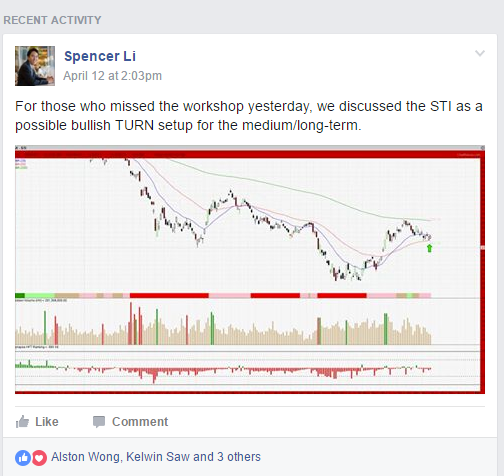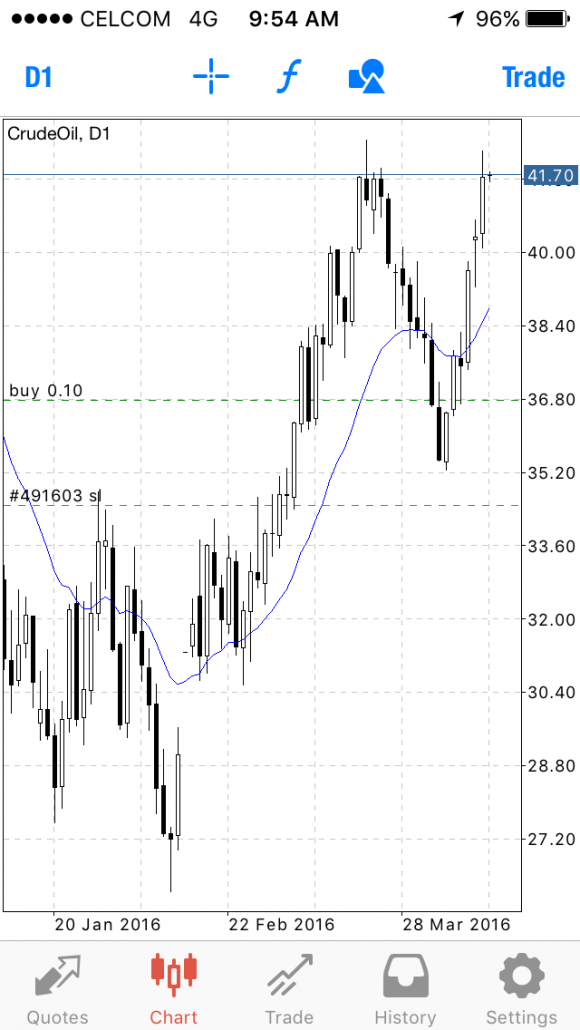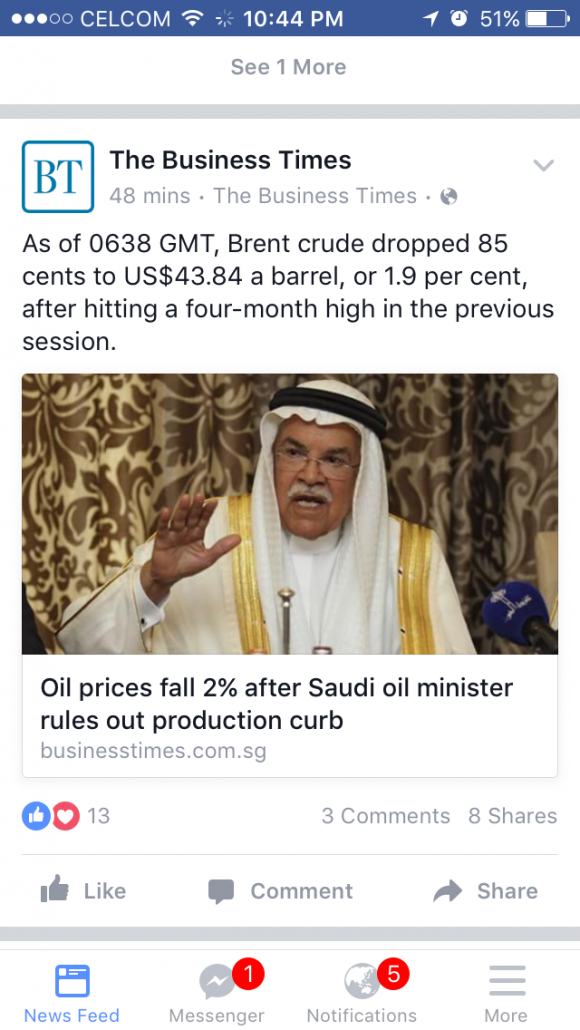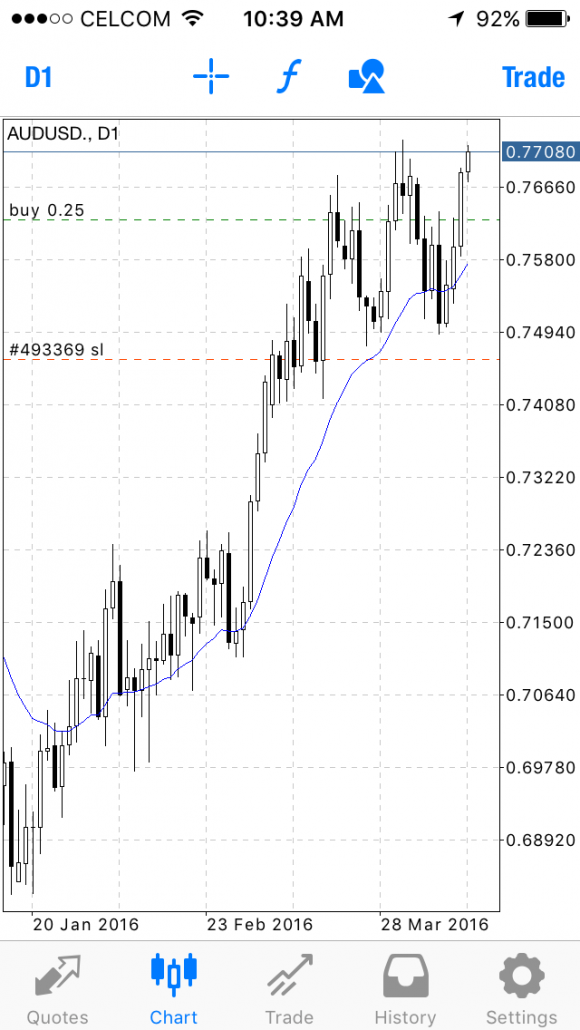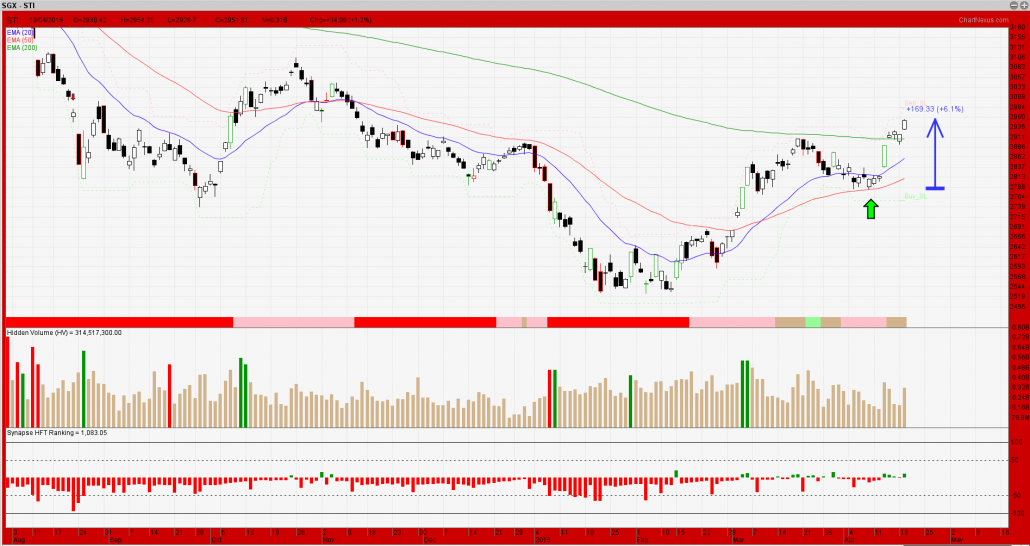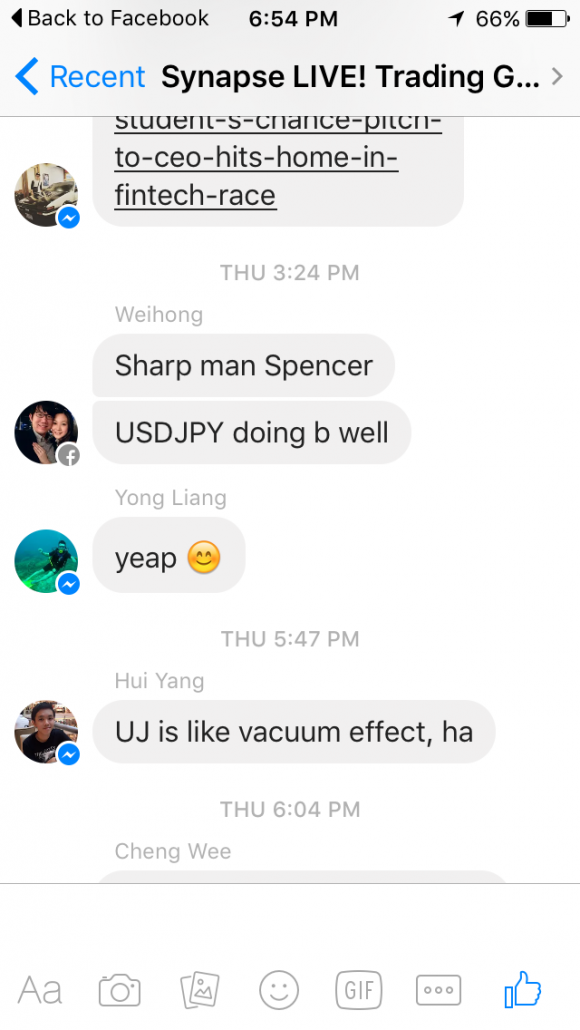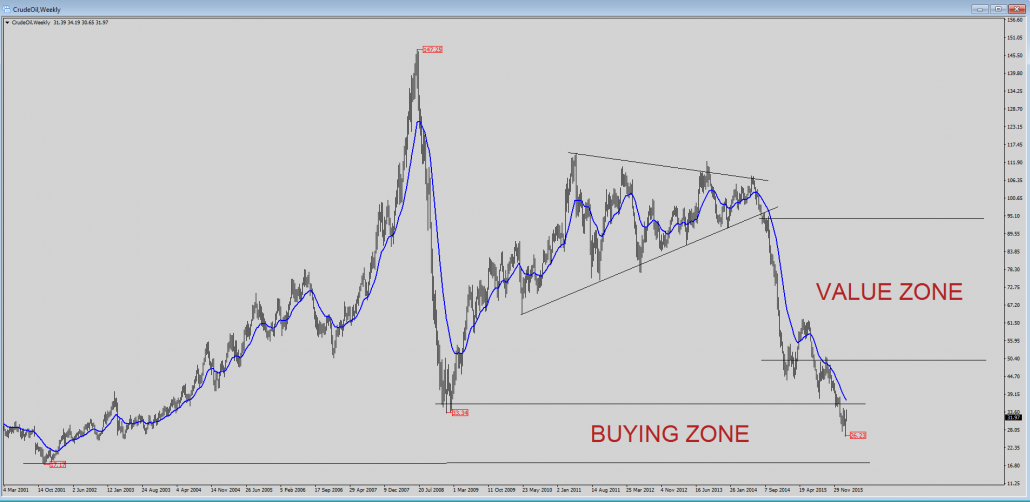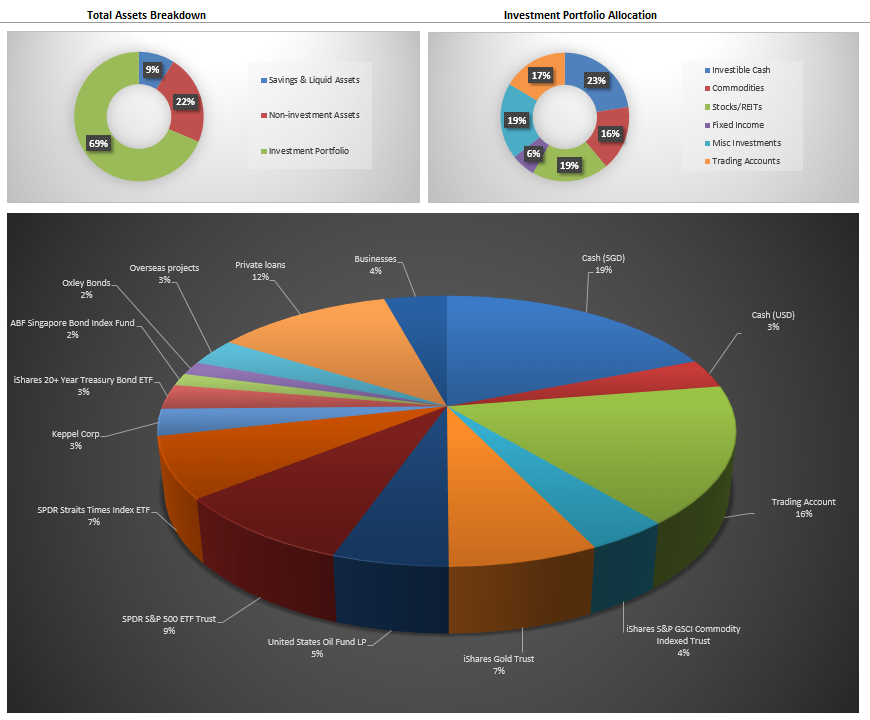Last Saturday, I watched the movie “The Big Short”, which was an interesting documentary + comedy + drama about the crash of the US housing markets, which sparked the GFC (Global Financial Crisis) of 2007.
The root cause of the crash was this product called CDOs (Collateralised Debt Obligations), which was basically bad debt repackaged as good debt, leading to more and more leverage. This house of cards collapsed when people started defaulting on underlying loans, leading to a chain reaction.
At the end of the movie, they mentioned that in 2015, the banks started selling a new product called BTOs (Bespoke Tranche Opportunities), which are essentially a rebranded version of CDOs. Sounds pretty grim…
IS THERE SOMETHING BREWING IN CHINA?
Perhaps it is coincidence, but after watching the movie, I came across a few articles warning of something brewing in China that is “much larger than Subprime”.
A month ago, the founder of Hayman Capital, J. Kyle Bass, sent a letter to investors warning that China has a problem much bigger than the subprime crisis in 2008. He was one of the hedge fund managers who correctly predicted and profited from the mortgage crisis in 2008.
That problem, according to Bass, is the Chinese banking system and its coming losses.
“We have been vigorously studying China over the last year, with the view that the rapid credit expansion in the Chinese banking system will result in significant credit losses that will require the recapitalization of Chinese banks and materially pressure the Chinese currency. This outcome will have many near-term and long-term effects on countries and markets around the world. In other words, what happens in China will not stay in China.” – Kyle Bass
In the investor letter entitled “The $34 Trillion Experiment: China’s Banking System and the World’s Largest Macro Imbalance“, Bass says that China’s banking system has similarities to the US banking system pre-financial crisis—excessive leverage, regulatory arbitrage, and irresponsible risk taking.
“What we have come to realize through these discussions is that many have come to their conclusion without fully appreciating the size of the Chinese banking system and the composition of assets at individual banks. More importantly, banking system losses—which could exceed 400% of the US banking losses incurred during the subprime crisis—are starting to accelerate.” – Kyle Bass
HOW TO TAKE ADVANTAGE OF THIS?
Kyle Bass’s Hayman Capital Management has sold off the bulk of its investments in stocks, commodities and bonds so it can focus on shorting Asian currencies, including the yuan and the Hong Kong dollar.
It is the biggest concentrated wager that the Dallas-based firm has made since its profitable bet years ago against the U.S. housing market. About 85% of Hayman Capital’s portfolio is now invested in trades that are expected to pay off if the yuan and Hong Kong dollar depreciate over the next three years—a bet with billions of dollars on the line, including borrowed money.
He even went so far as to give a timeframe: “we think it’s going to be in the next 12-18 months.”
So who are the brave souls who have decided to very openly fight the People’s Bank of China?
Here is a sample: Soros, Bass, Ackman, Druckenmiller, Tepper, Schreiber, Einhorn, Scogging, and Carlyle, Nexus and many more.
As of this moment, all these hedge funds who have taken on the PBOC are winning, because after another massive intervention round on Friday (29 Jan 2016), one which cost the PBOC more billions of dollars from its rapidly dwindling FX reserve pile, the CNH is already significantly weaker: will the PBOC burn through another $10 billion just to teach these hedge funds a lesson even as the market is implying far more pain for the PBOC?
HOW WILL THIS AFFECT SINGAPORE?
Speaking at the annual Barron’s roundtable, Swiss billionaire investor Felix Zulauf warned that Singapore’s largest banks are at risk of massive capital outflows if the Chinese economy experiences a hard landing, which he expects will happen this year.
He thinks that a crisis of staggering proportions is looming in China, and tiny Singapore will be caught right in the middle of the storm once the disaster finally erupts.
“We are in a down cycle that will end with crisis and calamity. China in today’s cycle is what US housing was during the financial crisis in 2008.” – Felix Zulauf
Zulauf warned that capital outflows in China will continue, prompting regulators to devalue the yuan by as much as 15% to 20% within the year. When this happens, Asian economies which are heavily dependent on China—particularly Singapore—will suffer because Chinese corporates cut their imports even more, while indebted Chinese companies will be placed at greater risk of default.
“I expect the situation the deteriorate to a point where we will witness a banking crisis in Asia that will hit Singapore and Hong Kong particularly hard. It is conceivable that Singapore, which has attracted a lot of foreign capital over the years because of its image as a strong-currency state, will be extremely exposed to the situation in China. Singapore’s banking-sector loans have grown dramatically in the past five or six years. Singapore is now losing capital, which means the banking industry is losing deposits.” – Felix Zulauf
He said that such a situation will cause carry trades to go awry, which will result in steep losses for heavily-leveraged traders.
“I mentioned the potential for a banking crisis in Singapore. I don’t recommend shorting Singapore bank stocks, but rather the EWS, or iShares MSCI Singapore ETF. In this case, an investor will benefit from both declining local stock prices and a decline in the Singapore dollar against the U.S. dollar.” – Felix Zulauf
Sources & References:
http://www.businessinsider.sg/kyle-bass-letter-on-chinese-banking-system-bigger-than-subprime-2016-2/#.VsBsy_J95aQ
https://sg.finance.yahoo.com/news/massive-banking-crisis-brewing-singapore-024500286.html?linkId=21174577
http://www.zerohedge.com/news/2016-01-31/much-larger-subprime-here-are-legendary-hedge-funds-fighting-chinese-central-bank
Spencer is an avid globetrotter who achieved financial freedom in his 20s, while trading & teaching across 70+ countries. As a former professional trader in private equity and proprietary funds, he has over 15 years of market experience, and has been featured on more than 20 occasions in the media.
